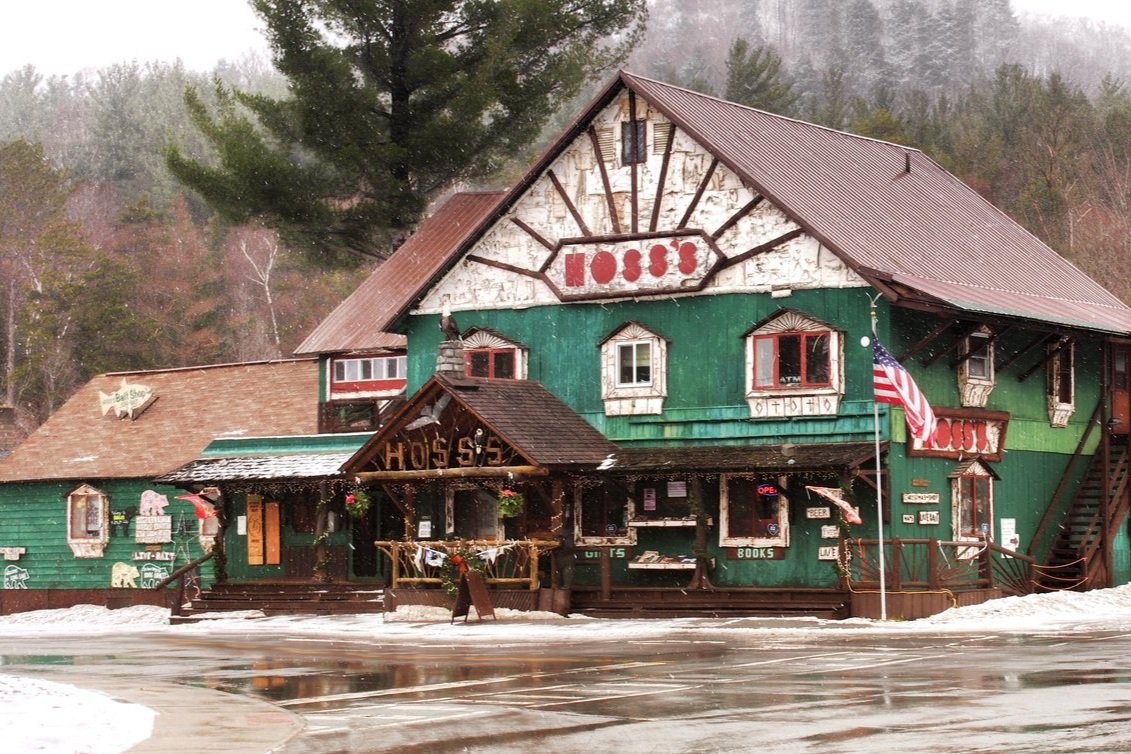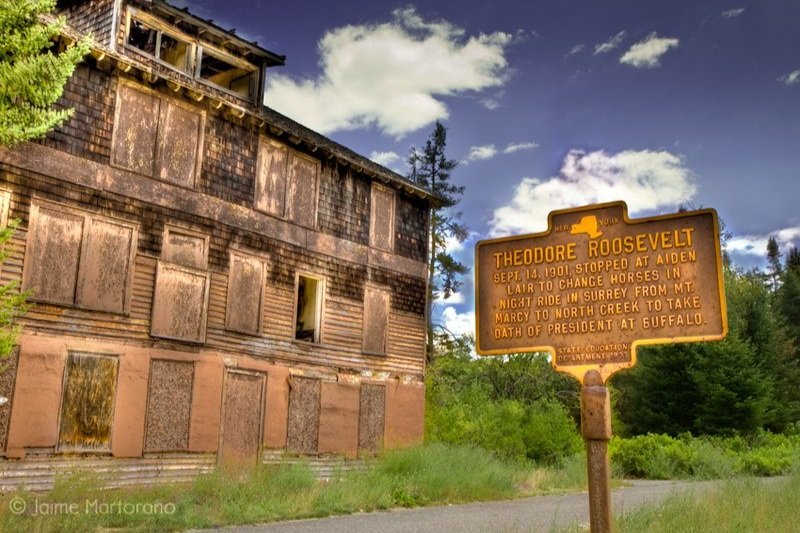Enjoy January’s Full “Wolf Moon” Snowshoe Walk at the Adirondack Interpretive Center in Newcomb
Snowshoeing unter the full moon.
Join fellow winter outdoor enthusiasts for a self-guided snowshoe walk on the Rich Lake Trail under the January Wolf Moon. Adirondack Interpretive Center is organizing the event. They advise that this is a perfect activity for families and friends alike.
Snowshoe among the luminary lanterns placed along the trail and enjoy the beauty of the forest at night. At the AIC, enjoy a blazing fire with hot chocolate and warm cider.
Why is it called the Wolf Moon?
The Old Farmer's Almanac began publishing the full moons' names in the 1930s. It recorded that January's full moon "came to be known as the Wolf Moon because wolves were more likely to be heard howling at this time."
According to the Old Farmer's Almanac, Indigenous groups also have different names for this first full moon.
"Other traditional names for the January Moon emphasize the harsh coldness of the season: Cold Moon (Cree), Frost Exploding Moon (Cree), Freeze Up Moon (Algonquin), and Severe Moon (Dakota). Hard Moon (Dakota) highlights the phenomenon of the fallen snow developing a hard crust," the almanac states. "Canada Goose Moon (Tlingit), Great Moon (Cree), Greetings Moon (Western Abenaki), and Spirit Moon (Ojibwe) have also been recorded as Moon names for this month."
Additionally, this full moon is known by some as the Moon after Yule, a three-day winter solstice festival in pre-Christian Europe, according to NASA. And we thought the Moon after Yule was what old Uncle Chester did after drinking too much spiked egg nog on Christmas.
Wolves in the Adirondacks?
Grey wolf
We are not experts on this topic, but we conducted some research and found that while wolves are native to the Adirondacks, they have been extinct in the region for many years. In the 1800s, wolves were abundant within the Blue Line, but due to deforestation and unregulated hunting, the species was wiped out.
It was previously believed that the last wolf in the Adirondacks was shot in the late 1890s. However, a 2011 study revealed that a wolf was killed north of Great Sacandaga Lake in 2001, and two others were caught from Vermont's Northeast Kingdom in 1998 and 2006. This suggests that either wolves raised in captivity escaped or wild wolves are beginning to repopulate the area they once called home. To read more about the topic, we suggest you start here.



















